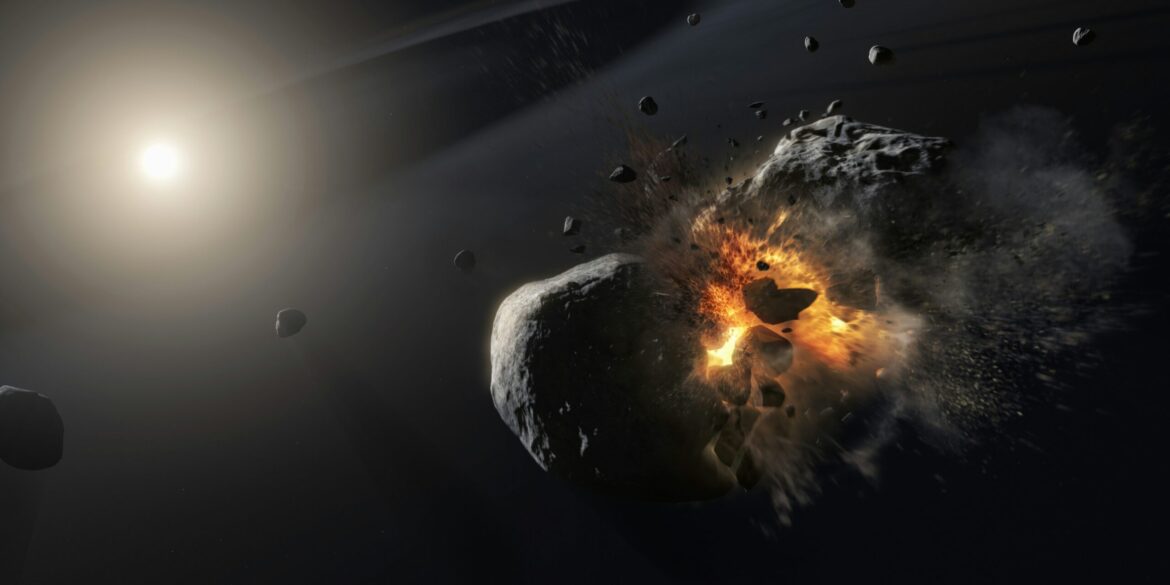On September 2, 2025, NASA successfully tracked asteroid 2025 QH16 as it made a close yet safe flyby of Earth. The asteroid, which is approximately 43 feet (13 meters) in diameter, was traveling at an extraordinary speed of over 18,500 miles per hour. It passed Earth at a distance of about 2.8 million miles, which is roughly 11 times the average distance between Earth and the Moon. Despite the asteroid’s considerable velocity and its relatively close proximity to our planet, it was not classified as a hazardous object, and there was no risk of collision.
Asteroid 2025 QH16’s flyby serves as a powerful reminder of the dynamic nature of our solar system and the ongoing need for vigilance when it comes to tracking near-Earth objects (NEOs). These objects, which include asteroids, comets, and other debris, often come very close to Earth, and their potential to cause significant damage, although rare, makes monitoring them a priority for space agencies around the world. Fortunately, in the case of 2025 QH16, the asteroid passed without incident. However, its close approach underscores the importance of early detection and the role that advanced tracking technologies play in ensuring planetary safety.
NASA’s continuous efforts to monitor NEOs are part of broader planetary defense initiatives aimed at identifying objects that could potentially pose a threat to Earth. By leveraging cutting-edge technologies, such as radar systems and space-based telescopes, NASA is able to track the movement of these objects with remarkable precision. This allows for early detection and a better understanding of their trajectories, giving scientists and space agencies time to assess the risk and, if necessary, develop plans for mitigation.
The successful tracking of asteroid 2025 QH16 is a testament to the advancements made in space exploration and planetary defense. The ability to monitor and predict the movement of such objects has evolved dramatically in recent years. The data collected during such flybys provides valuable insight into the behavior of NEOs, which can help improve future detection methods and response strategies. NASA, in collaboration with other international space agencies, is committed to enhancing its capabilities to detect and track these objects, as their potential threat, though unlikely, is significant.
One of the key aspects of this international cooperation is the exchange of data and expertise in order to better understand the nature of NEOs. Working together, countries around the world are improving the accuracy of their tracking systems, sharing resources, and ensuring that if an asteroid is found to be on a collision course with Earth, there will be a coordinated effort to address the situation. Planetary defense is not just the responsibility of one country or agency, but a global initiative that involves a variety of scientific disciplines and a wide range of technologies.
Although asteroid 2025 QH16 presented no immediate danger, its flyby serves as an important reminder of the constant activity in space and the need for continued research and preparation. The monitoring of near-Earth objects is a vital component of planetary defense, and events like this help to reinforce the critical role that space agencies, scientists, and technologists play in ensuring the safety of our planet. As humanity continues to explore space, it becomes ever more apparent that vigilance and innovation will be key in protecting Earth from future cosmic threats. The continued investment in advanced tracking systems, research, and international collaboration will be essential in maintaining our preparedness for potential NEO impacts, no matter how unlikely they may seem.

